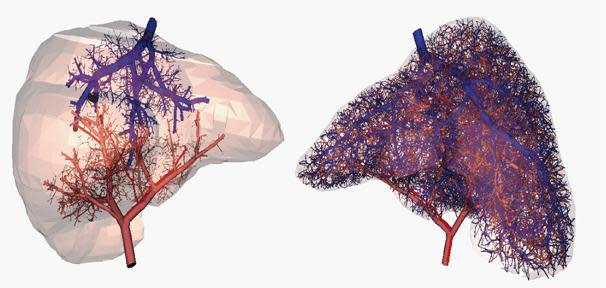Scientists have figured out how to create blood vessels in 3D printed organs

While 3D-printed organs sound like a great idea -- imagine no longer waiting around for a transplant -- a major hurdle for printing internal ones thus far have been creating intricate blood vessels and ventricles that are required for the organ to actually, you know, work. Now, a collaboration between scientists from the University of Sydney, Harvard, Stanford and MIT have discovered a way to do just that. The team used an advanced bioprinter to create tiny interconnected fibers, and then coated them in human endothelial cells and a protein-based material, which hardens under light. They then removed the fibers, and voilà -- a network of capillaries was born.
Lead author and University of Sydney researcher, Dr. Luiz Bertassoni, said: "While recreating little parts of tissues in the lab is something that we have already been able to do, the possibility of printing three-dimensional tissues with functional blood capillaries in the blink of an eye is a game changer." We can't help but agree. If you want to learn more about 3D-printed organs, we've got a handy explainer to do so right here.
